Burgundian History
Chardonnay’s birthplace is Burgundy, France. When the western half of the Roman Empire collapsed, Germanic people crossed the Rhine and established their dominancy at Worms in Rhineland-Palatinate, Germany. The area is situated on the Upper Rhine about 60 km (40 mi) south-southwest of Frankfurt am Main. Worms is one of the oldest cities of northern Europe. Over the next century, there were repeated battles between the Romans and Huns and Burgundy included what is today the areas bordering Switzerland, France and Italy. Ultimately, the Franks defeated the last Burgundian king, Godomar and absorbed the territory and continued to grow and dominate.
Originally, Burgundy was classified into four regions: Upper (Transjurane) Burgundy around Lake Geneva, Lower Burgundy in Provence, Ducy Burgundy west of the Saône River and County Burgundy, east of the Saône River. However, in 937, Upper and Lower Burgundy came together. This combined property united under the Holy Roman Empire with Conrad II as the Kingdom of Arles, while Ducy and County remained under the French throne. The Duchy of Burgundy became the French province of Burgundy, while the County of Burgundy became the French province of Franche-Comté, meaning free county.

During the Hundred Years’ War, King John II decreed Ducy to his youngest son as opposed to the successor of his throne. This, of course, caused a rivalry for the French throne. Over the years, the Burgundian Empire was run under a fiefdom/feudal system on both the Kingdom of Franc and the Holy Roman Empire. During the late 15th and early 16th centuries, Burgundy saw the rise of the Habsburgs and became a power base. In 1477, Duke Charles was killed during battle and Burgundy once again fell under French law. As a result of the 1678 Treaty of Nijmegen, established France as the dominant power within Europe due to the successful expansion of its territories and agreed to allowing the Dutch Republic to remain an independent state. Additionally, the treaty resolved boundary disputed between France and Spain.
Chardonnay’s Introduction
It is believed that Chardonnay was first grown in Burgundy during the Middle Ages. Credit for its expansive cultivation is given to the monks of the Abbey of Cîteaux who arrived in the area from Molesme Abbey in 1098. The land was on the Côte de Beaune and Côte de Nuits, as well as plots near Chablis and Chalon-sur-Saône. At the time, the area was a remote deserted swamp and forest area but the monks began to cultivate it. As time passed, the monks continued to increase quality and production and by the 15th century, the quality of their wines was recognized across Europe. There was strict control to maintain the highest quality and their reputation led to their wines becoming a powerful asset both politically and economically.

The soils in Burgundy are primarily limestone and are filled with both plant and marine fossils. It is thought that the region was once an ancient tropical seabed. These sedimentary soils have resulted in the deposition of clays, marl and limestone that make up the region’s vineyards. Between the soil, climate, microbial activity and topography, the wines produced in the region are extremely distinctive. Specific villages such Meursault, Puligny-Montrachet or Chassagne Montrachet are highly acclaimed.
Through DNA analysis, it has been confirmed that Chardonnay’s parents are Pinot Noir and the nearly-extinct Gouais blanc, both of which were widespread in northeast France in the Middle Ages. Why did the monks choose Chardonnay? That is the million dollar question. Maybe it is because as it still is today, one of the most popular white wine varieties in the world. In fact, more than 40 countries have vines of the variety. It may be that they test planted several varieties and Chardonnay excelled on the clay-limestone soils. In these areas of northern Burgundy, the weather is often cool and humid which is ideal for Chardonnay as being an early variety.

Chardonnay in California
Chardonnay, which translates to “a place of thistles” appeared in the New World in the late 19th century during the California’s wine industry’s early days. Unfortunately, the exact time is unknown thanks to the mislabeling of the grapes when they first arrived. The vines were often confused with Pinot Blanc and it was not until morphological and physiological studies were concluded, including DNA analysis, was the variety properly called Chardonnay.
Some documentation, states that it was first imported by J.H. Drummond in 1880 and the first appearance on a nursery list was in 1882. The next written documentation according to wine historian Charles Sullivan was not until 1888 when it appeared in the catalog for Barren Hills Nurseries in Nevada City, CA.
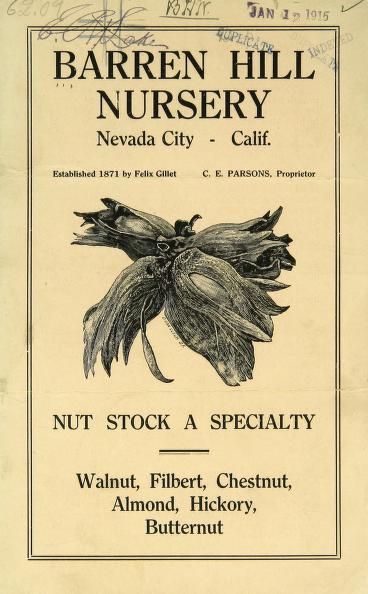
Charles Wetmore, the Chief Executive Officer of the California State Board of Viticultural Commissioners is credited with importing Chardonnay budwood from Meursault and distributing it in Livermore Valley on his own vineyard site, La Cresta Blanca. Originally, Wetmore did not mention the grape by name. He ultimately recommended using “Chardenai” as a “good sound commercial wine” in California.
By the late 19th century, Chardonnay was present in University of California’s vineyards. Researchers Eugene Hilgard and Frederic Bioletti tested both Pinot Blanc and Chardonnay from various regions within California. They determined that Chardonnay was superior to Pinot Blanc expressing higher quality aromas and greater adaptability to various soils. It was suggested that Chardonnay would thrive the best in coast counties, with well-drained soils. At that time there was limited interest in the variety in the state and was used mostly as a base for sparkling wine for producers such as Masson and Korbel.
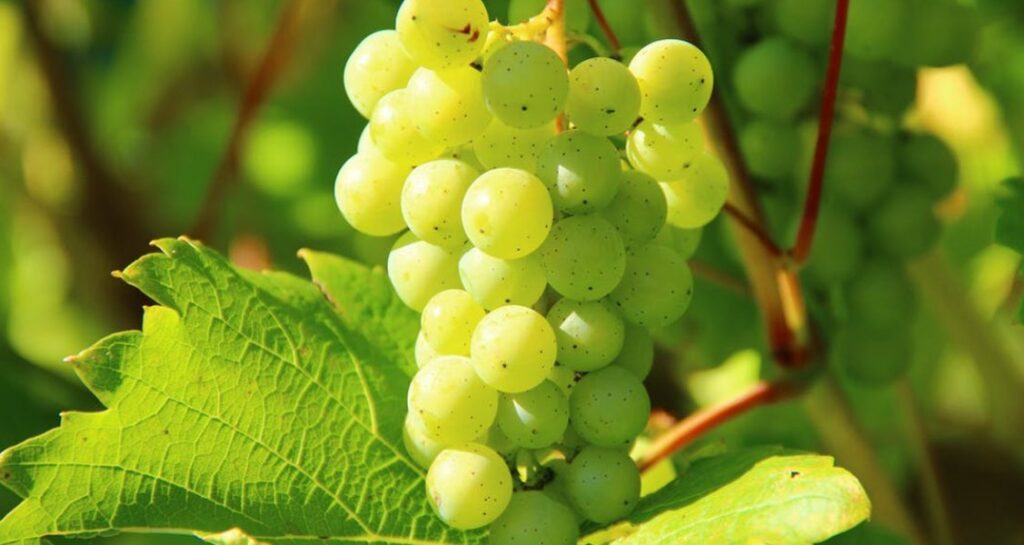
Chardonnay Today
Wetmore distributed his budwood to others in the Livermore Valley, primarily to Theodore Gier in Pleasanton. Ernest Wente credits his primary source of Chardonnay as the Gier Vineyard. Wente also acquired Chardonnay from a second source by importing some Chardonnay from the vine nursery of the wine school at the University of Montpellier in southern France around 1912. The multiple sources of Chardonnay in the Wente vineyard came to be known conjointly as the “Wente clone”.
Another major source of Chardonnay grapes in California was an importation from Burgundy by Paul Masson for his La Cresta Vineyard in the Santa Cruz Mountains in 1896. Interestingly, UC researchers did not recommend Chardonnay as a “positive” grape for wine until after the Repeal in 1933. In fact, many Chardonnay vines planted prior to the Repeal were ripped out since it was thought the the thin skins would not be able to tolerate the length of shipping time to get to the East Coast for “home winemakers.” Additionally, the must was thought to not be able to be adequately concentrated. By the end of Prohibition, only Wente and Masson vineyards still had Chardonnay planted. In 1944, UC Davis began to recommend Chardonnay to produce a quality wine in cooler regions. (Winkler I and II)

Why Chardonnay
Chardonnay’s biggest strength is its ability to adapt. It is malleable and thrives in diverse climates and a extremely large range of soils. Depending on viticulture practices, climatic region and clonal selection, it can provide yields from 2 to 8 tons per acre. In the cooler climates, Chardonnay will produce a lighter, crisper wine with higher acidity. But Chardonnay can “green” out and bud early so it is susceptible to spring frosts, so it can be disadvantage in these same cooler climates.
Chardonnay’s place in history was solidified in 1976 when Chateau Montelena’s 1973 Chardonnay defeated some of the best known French wines in the now famous Judgement of Paris. To put the proverbial stake in the coffin, California Chardonnays won four of the top six places in the tasting and Leading French wine experts awarded California Chardonnays four of the six top places in that tasting and all nine judges gave their highest scores for white wine to a California Chardonnay, either Chateau Montelena or Chalone.
After the results were released, California Chardonnay plantings exponentially increased. According to the 1988 California Grape Acreage Report, the acreage quadrupled between 1970 and 19803,00 – 17,00) and then by 1988 plantings reached 4,200 acres.
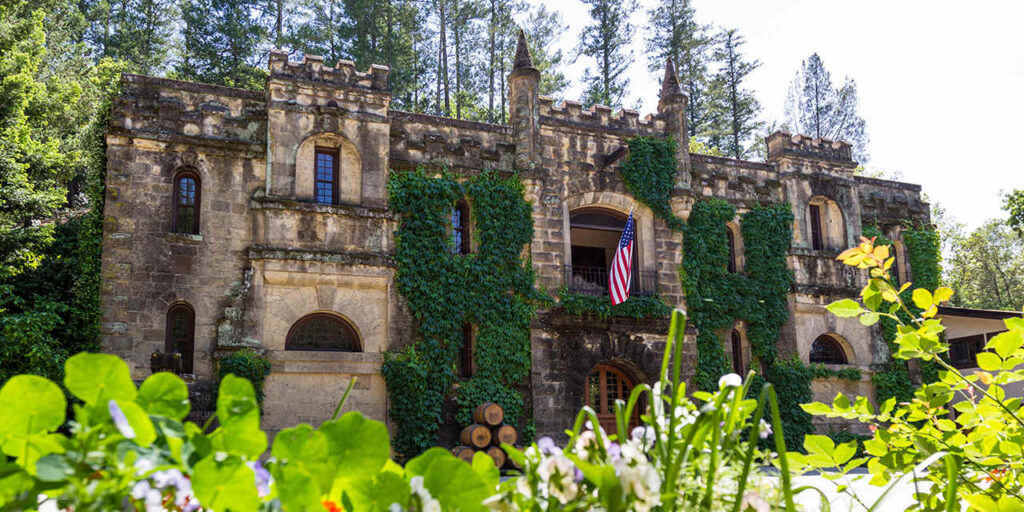
What’s Your Style
Whether you prefer the more full-bodied oaky, creamy Chardonnay, the lighter more citrusy unoaked version or the lovely bubbles of a Blanc de Blanc, there is a Chardonnay expression for you. The key is to not generalize. (talking to you ABC people!) Know what style you like and gravitate to wineries that produce that style.
Choose a wonderful (to you) bottle of Chardonnay and celebrate World Chardonnay Day on Thursday May 23, 2024. The holiday is always the Thursday before Memorial Day. Leave a comment and let me know how you will be celebrating. In the meantime, here are some links to previous articles I have written about Chardonnay.
Stepping Outside the Box in Navarra with Chardonnay
For the ABC people; It’s Time to Learn CDE
Podcast with Chris Eberle of Eberle Winery
~Slàinte!
I invite you to follow me on Instagram, Twitter, Facebook and Youtube for all things wine. I’ll never tell you what to drink, but I’ll always share what’s in my glass.
Please support our sponsor:
We’ve stacked the odds so that you can get our award winning wines without breaking the bank. Click the image to find out all of the benefits of joining the CHALK CLUB including discounted shipping and up to 25% off all purchases. .


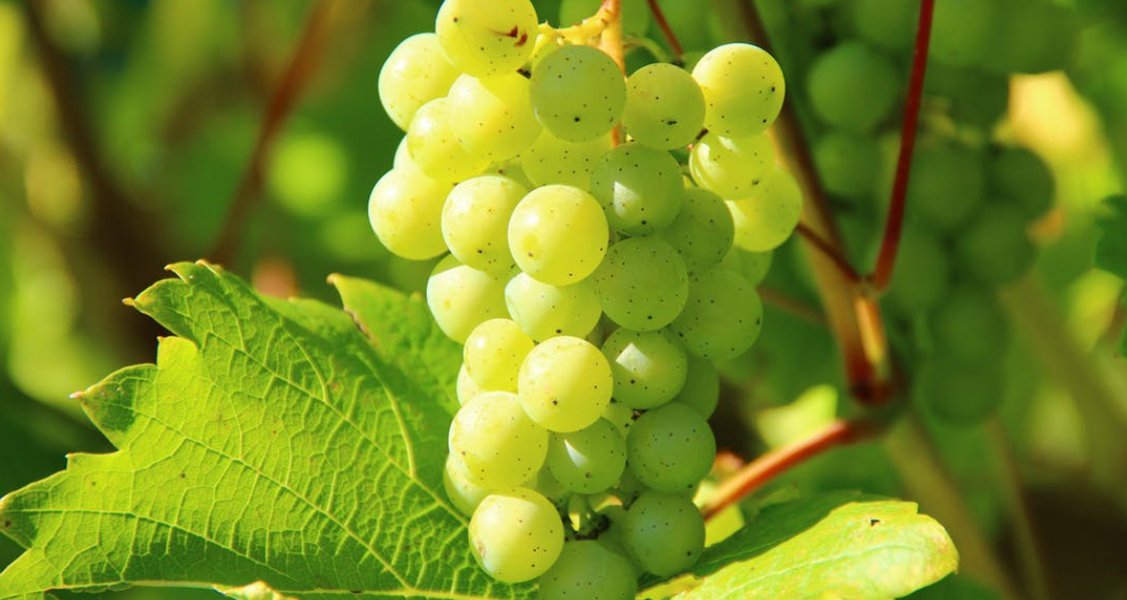
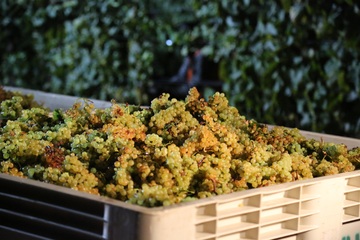

Navarra Chardonnay is a delight! Not easy to find but totally worth the effort.
agree 100% Absolutely fell in love with it after visiting